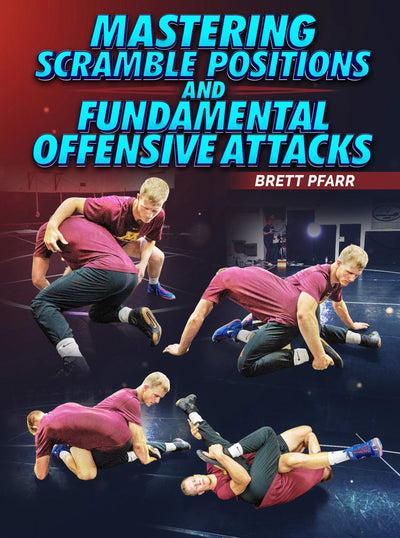Unlocking the Wrestling Body
Wrestling, a sport that combines strength, agility, and technique, is notorious for requiring a unique physique. Athletes who step onto the mat come in all shapes and sizes, but a specific body type can offer a competitive edge. In this article, we will explore the best body type for wrestling, the body types tailored for various wrestling styles, and provide insight on how to achieve a wrestler's physique.
What this article covers:
- The Best Body Type for Wrestling
- Freestyle Wrestler Body
- Greco-Roman Wrestler Body
- Folkstyle Wrestling Body
- How to Achieve a Wrestler's Body
The wrestling body serves as the cornerstone that unites various aspects of wrestling training and performance. In the context of muscle wrestling, a well-defined and powerful physique takes center stage, emphasizing both the aesthetics and the physical prowess displayed in the ring. Wrestling bodyweight workouts provide the foundation for developing the functional strength and agility necessary for wrestlers to excel. To get into pro wrestling shape, these workouts, combined with resistance band exercises that simulate wrestling movements, are essential. Additionally, wrestling upper body workouts are integral for building upper body strength, enhancing grappling abilities. The relationship between the wrestling body, muscle wrestling, bodyweight workouts, resistance bands, and upper body training is an interwoven tapestry that defines a wrestler's readiness and capabilities both in and out of the ring.
Improve your body and your wrestling skill with FanaticWrestling.com!
The Best Body Type for Wrestling:
The ideal body type for wrestling typically combines a low body fat percentage with lean muscle mass. A compact, well-balanced physique with a strong core, powerful legs, and a sturdy upper body is advantageous. This body type offers stability, speed, and agility, allowing wrestlers to perform explosive takedowns, swift escapes, and powerful holds.
Freestyle Wrestler Body:
Freestyle wrestling emphasizes agility and adaptability. Freestyle wrestlers often possess a lean, compact build with strong legs and a well-developed core. The focus is on speed and maneuverability, making a lower body fat percentage a common characteristic among successful freestyle wrestlers.
Greco-Roman Wrestler Body:
Greco-Roman wrestling, which bans holds below the waist, places a premium on upper body strength. Greco-Roman wrestlers typically boast powerful shoulders, arms, and chest muscles. A more robust upper body, in conjunction with a strong core and legs, is a common feature among successful Greco-Roman wrestlers.
Folkstyle Wrestling Body:
Folkstyle wrestling, commonly practiced in the United States, requires a well-rounded physique. Successful folkstyle wrestlers typically have strong legs for stability, a powerful core for balance and control, and upper body strength for executing holds and escapes. The emphasis is on adaptability and endurance.
How to Achieve a Wrestler's Body:
- Strength Training: Incorporate compound movements like squats, deadlifts, bench presses, and pull-ups to build overall strength.
- Cardio and Conditioning: Integrate cardiovascular workouts and interval training to enhance endurance and stamina.
- Flexibility: Enhance flexibility through stretching and yoga to improve agility and injury prevention.
- Functional Core Exercises: Engage in core-specific exercises such as planks, Russian twists, and leg raises to build a strong and stable core.
- Balanced Nutrition: Maintain a well-balanced diet rich in protein, complex carbohydrates, and essential nutrients to support muscle growth and overall health.
Improve your body and your wrestling skill with FanaticWrestling.com!
In conclusion, the wrestling body varies across different wrestling styles, but a common thread is the need for strength, agility, and endurance. The best body type for wrestling is one that combines these attributes, ensuring a wrestler can perform effectively on the mat. Achieving a wrestler's physique requires dedication to training, nutrition, and overall conditioning. Whether you're preparing for freestyle, Greco-Roman, or folkstyle wrestling, the key lies in building a strong, agile, and resilient body that's primed for success in the ring.
Did you find the blog helpful? If so, consider checking out other guides:
- Bodyweight Wrestling Workouts
- Wrestling Workouts
- Wrestling Conditioning
- Pro Wrestling Workouts
- Wrestling Warm Ups
- Wrestling Cardio Workout
- Wrestling Off-Season Workouts
- Wrestling Workouts for Speed
- Mastering Wrestling from a Seated Position
- Explosive Workouts for Wrestling
- Butt Drag Wrestling
- High-Flying Wrestling
- Work Wrestling Term
- Wrestling Finishers
- Crotch Wrestling











